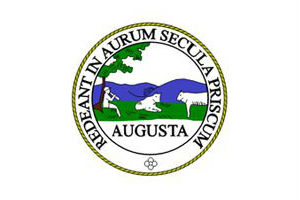
Local historic buildings
The Shenandoah Valley and Central Virginia region is home to numerous historical buildings. Just last month a Virginia Historical Highway Marker was unveiled at Augusta County Courthouse. Constructed in 1745, the building was listed on the Virginia Landmarks Register and the National Register of Historic Places in 1982. Additionally, the Luray Valley Museum (located on the grounds of Luray Caverns in the Shenandoah Valley) is home to seven acres of restored 19th century buildings. Providing a glimpse into past life in a farming community, clothing, toys, decorative arts, and daily items dating from the 1750s to the 1920s are displayed in the main building. And, in Staunton (founded in 1732 in Augusta County), you’ll find the Frontier Culture Museum. Here you can tour an early American schoolhouse and farms, as well as enjoy living history demonstrations of the pioneer era.
The importance of historic building preservation
Preserving historic buildings and architecture is essential for recognizing, respecting, and commemorating the county’s rich history. It also offers aesthetic benefits, as well as potential financial value as visitors can pay to visit historic buildings and learn about the past. Moreover, building preservation (rather than demolition) is also a better option for the environment. Not only does preservation eliminate unnecessary extra energy use that would have been used throughout the demolition and construction process, but it also makes the most of existing materials without the need to create new ones — therefore minimizing the building’s carbon footprint.
Updating preservation methods
Building preservation across Augusta County and the wider U.S. typically follows standards that were implemented in 1977. By making an effort to adopt contemporary preservation methods, however, the process can be made even more efficient and effective. For example, laser scanning was used to restore the Notre Dame Cathedral after it was partially destroyed in a fire in 2019. Fortunately, the entire structure had already been comprehensively scanned by an art historian and computer scientist team a decade prior. The laser data was then rendered into images of the 3D space, providing a full digital recreation used to accurately restore the building. Additionally, CyArk and Google Arts and Culture have also launched the Open Heritage initiative to digitally preserve historical sites around the world online. Nearly 60 historical sites have been preserved, including sites previously destroyed, and virtual 3D tours can be enjoyed remotely by visitors.
The Shenandoah Valley and Central Virginia region is home to numerous important historical sites. By preserving these sites with the most effective methods, we can help history live on in the present.
Story by Megan Allister










